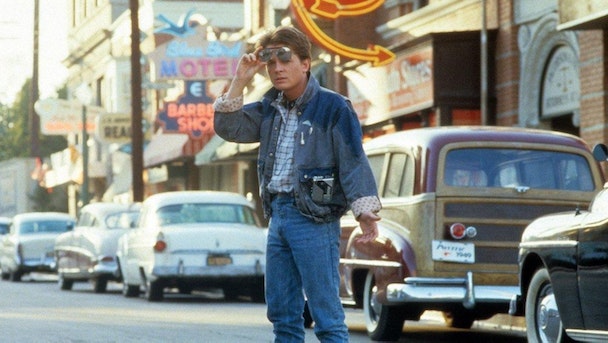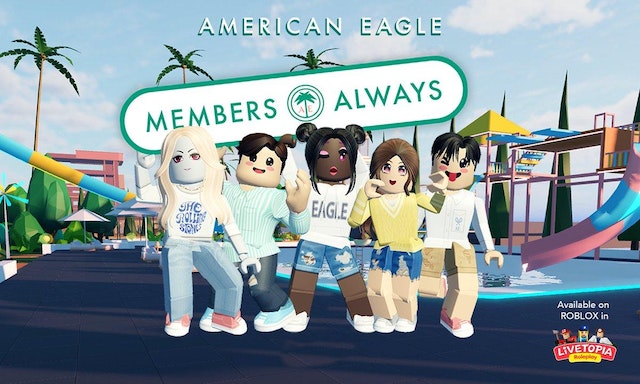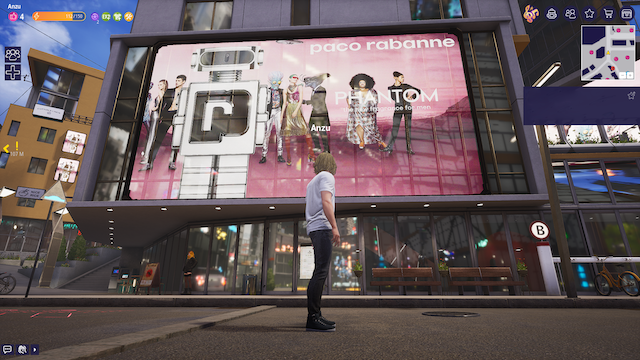Back to the future: How in-game advertising revived attention marketing
As part of The Drum’s Gaming Advertising Deep Dive, Chris Blight (VP demand, Anzu) looks at the evolution of attention marketing, and how in-game advertising is helping bring about its revival.

Best-selling author and former dot-com business exec Seth Godin once said, “marketing is a contest for people’s attention.”
This may sound obvious, but we are living in a climate where the average person is exposed to up to 10,000 ads per day. Our patience and attention spans are also diminishing thanks to a culture that has become obsessed with short-form content and instant gratification. With this in mind, is it still possible to effectively catch someone’s attention, or is the contest over before it's even begun?
How the pandemic changed marketing
If the pandemic taught us anything, it's that advertising has an innate ability to adapt to any given situation. The pandemic helped move the industry forward, forcing brands everywhere to rethink their strategies, not only towards the channels they were advertising on, but also the messages they were putting out and the stories they were telling.
Like many of us who emerged from extended lockdowns with a renewed sense of life and appreciation for the things we took for granted, advertising also emerged as a changed industry. Although it may not have been immediately apparent, we are now seeing the impact this period has had on the industry. It has injected a new sense of life into a space that, before the pandemic, seemed stuck in the past, unwilling to embrace the future and doing all it could to hold onto the ‘good old days’ of advertising.
Not convinced? Just think about the number of times you have heard or read the word ‘metaverse’ in an advertising context over the past year. In fact, 74% of people around the world say they are familiar with the metaverse in 2022, compared to just 32% in 2021. We’ve quickly become an industry obsessed with the future.
So what’s this got to do with attention?
Earlier this year, Nick Reid, senior VP and MD EMEA at DoubleVerify, wrote, “The world of verification has moved from brand safety to media quality – or what we call ‘authentic’ – and now to attention. And that's being used to enable advertisers and their agency partners to be able to optimize towards driving a much more relevant and specific outcome that's more meaningful than what we used to call a ‘click’ or a digital engagement”.
We went from an attention-obsessed world, where advertisers would leverage mediums like print, TV, and radio to reach consumers with engaging and exciting messaging to an industry obsessed with performance marketing. Being able to suddenly measure everything in the digital world seemed amazing at first. But it quickly became apparent that just because you can measure and put a price on everything, it doesn’t mean that you should.
With a firm eye on the future, many advertisers have begun to look to mediums like gaming and CTV as channels that will allow them to return to attention-based marketing. It’s about capturing their audience’s imagination in environments where they are fully engaged, and not bombarded with messaging.
Leveraging the power of in-game advertising to capture attention
In-game advertising has been recognized by many more brands during and since the pandemic, in part thanks to a renewed interest and massive uptake in gaming across the globe. But one of the fundamental reasons this area is rapidly becoming a go-to channel for advertisers is that attention-based marketing and gaming go hand in hand.
Michael Manning, product manager at Xaxis, explained this perfectly on Digiday: “ROI isn’t something that we think is going to be necessarily useful in the context of in-game, because if you’re talking about gaming environments, it’s difficult to ask a gamer to stop gaming, click, or engage with a piece of advertising, go through to somewhere away from their game, and buy something.”

With in-game advertising, brand ads are blended dynamically into the gameplay, appearing as part of the environment – on roadside billboards, bus stops, the sides of buildings, and around sports stadiums. This kind of advertising feeds into the game's narrative, bringing it to life, and enhancing the gameplay. Advertisers can also take this further by creating custom virtual experiences, which have become extremely popular on games platforms like Roblox and Fortnite.
Attention-based marketing does not demand anything from the player. It’s not guiding them towards a specific CTA, encouraging them to click, or rewarding them for visiting a particular page, yet it has proven to be highly effective. Vodafone, for example, saw a 176% lift in campaign awareness, a 20% lift in brand consideration, a 19% lift in aided top-of-mind brand awareness, and a 14% lift in ad awareness from a recent in-game ad campaign. There are thousands more examples of brands from a huge variety of verticals successfully leveraging gaming to cut through and get back in touch with their customers in a non-disruptive and highly engaging way.

Looking to the future
We are currently at an intersection between the 2D flat webpage and the 3D virtual environment. Eventually, we will operate purely in 3D. For advertising to work, it will need to evolve. There are going to be countless ways to advertise in this new world, and attention will play a big part in this.
Eventually, the whole marketing mix will happen within one seamless, fluid transaction. Still, to get there, advertisers will need to go back to basics and re-learn what it means to capture attention, and how they can do that in a way that feels genuine and provides value to the end-user.
Content by The Drum Network member:

Anzu
Anzu is the most advanced in-game ad solution for mobile, PC, console, and Roblox. Anzu’s in-game ads put players first and help advertisers reach audiences programmatically in a non-disruptive and highly engaging way. A patented 3D ad tracking engine, the first to bring viewability measurement in-game with Oracle Moat, and partnerships with trusted AdTech vendors make Anzu the preferred in-game advertising partner for advertisers worldwide.
Find out more